Performance Monitor is a Windows tool that allows users to monitor their PC and analyze the system’s performance. The tool offers real-time data for system resources like CPU usage, network usage, memory usage, etc. In this post, we look at how to fix Performance Monitor (perfmon.exe) high CPU usage in Windows. Sometimes, perfmon.exe can use quite much of CPU resources, affecting how other processes and services are performing on your computer.
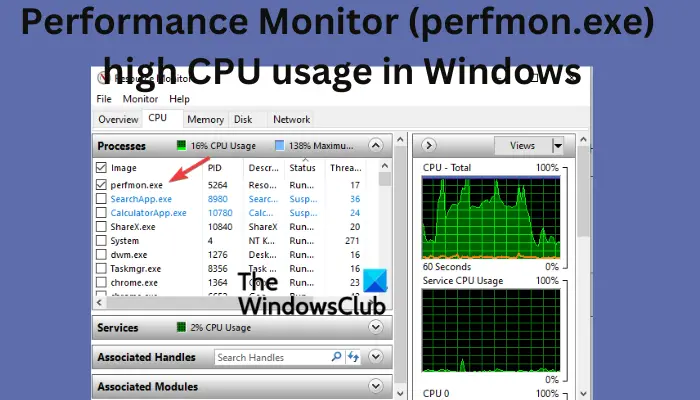
High CPU usage can happen if the Performance Monitor constantly processes real-time data making the CPU use more resources than usual. Devices with low-end systems and hardware specifications may be prone to this problem if perfmon.exe is processing different data at the same time. High CPU usage can lead to slow processing speed in Windows, or sometimes, it can cause your system to crash or become unresponsive. In a normal system state, users can try to reduce or disable some processes using the Windows Resource Monitor. They can also set the Performance Monitor to collect and process real-time data in fewer intervals to maximize the computer speeds.
What are the troubleshooting tools for high CPU usage in Windows?
It is normal for your PC to show high CPU usage when a program server or process requests more resources. However, if your computer shows high CPU usage, above 80% lasting for quite some time, your apps will not work properly. Windows offers troubleshooting tools to view and manage CPU usage. These tools include:
- Task Manager
- Process Explorer
- Resource Monitor
Use can use the Windows Task Manager to see which apps or processes are using the system CPU and which ones are using the most resources. Open Task Manager and go to the Processes tab. Select the CPU column and sort the CPU usage. If a specific process or its related service can be disabled or stopped, go ahead and stop the process or the service.
The Process Explorer allows you to see a complete overview of all processes going on in your system. The tool gives details like the amount of resources the processes are using and who invoked them. Open the Process Explorer as an administrator and right-click the process and then choose Properties. Go to the Threads tab and click on the thread that is consuming many CPU resources. Next, select the Stack option to view which functions running in your system. You can configure symbols in the Process Explorer to get better results for stack details by installing the Debugging Tools for Windows.
The Resource Monitor allows users to view CPU consumption for their systems. Open the Resource Monitor and go to the CPU tab. Go to the Average CPU column and check which processes are consuming more resources than expected. The top processes might be the cause of high CPU usage in your system.
Fix Performance Monitor (perfmon.exe) high CPU usage in Windows
If the Performance Monitor (perfmon.exe) is showing high CPU usage in your Windows 11/10 PC, try the following solutions;
- Terminate the perfmon.exe process
- Install Windows Updates
- Scan your PC for malware
- Repair system files
- Update your drivers
- Perform Automatic Maintenance
Let us look at these methods one by one.
1] Terminate the perfmon.exe process
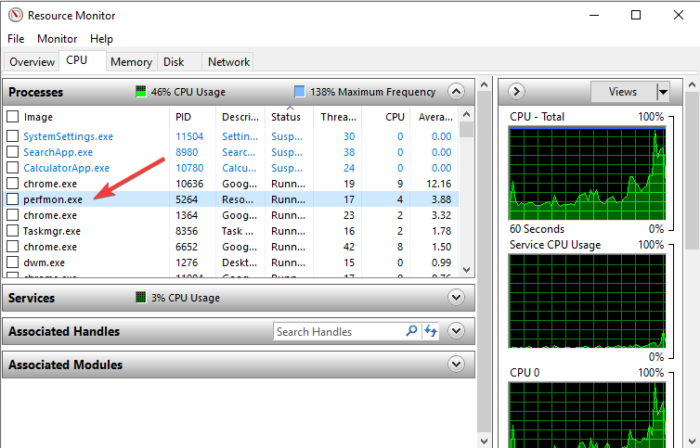
If the Performance Monitor is utilizing more resources than expected on Windows, you can end the process. This will make other processes have enough CPU resources to run.
To end the perfmon.exe process, open the Windows Task Manager or Resource Monitor and locate the perfmon.exe. Right-click on it and select End task or End process to end the perfmon.exe process. You will be prompted with a confirmation message; select End process to complete the process.
This will end the perfmon.exe and your CPU will not strain for high usage.
2] Install Windows updates
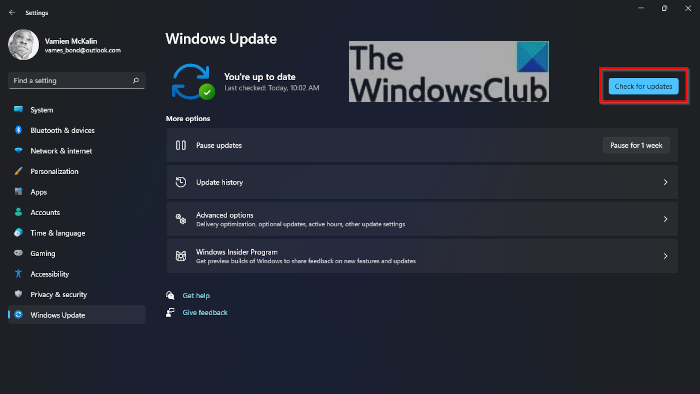
Installing Windows updates fixes many issues like bugs, security glitches, compatibility issues, and the general performance of certain apps and system processes. If your Windows is updated, it might resolve some bugs that trigger the Performance Monitor to show high CPU usage which is expected. Go to the Windows Updates settings and check for any available updates. You can also check Optional updates under the Advanced option for more optional Windows updates.
3] Scan your PC for malware
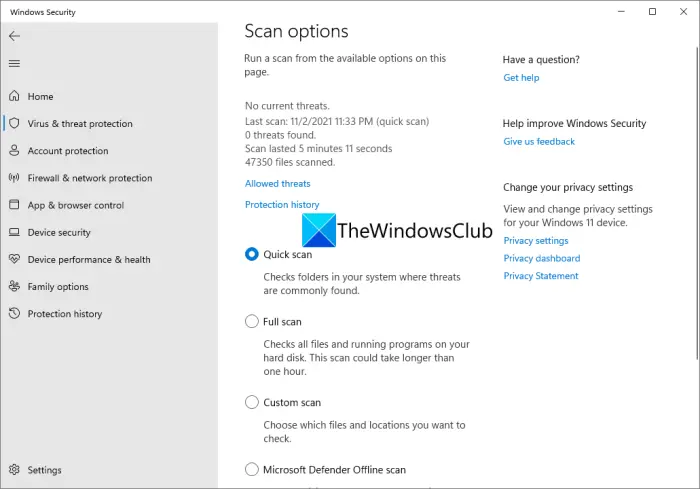
Malware and viruses can be a possible cause of Performance Monitor (perfmon.exe) high CPU usage in Windows. It’s advisable to keep your system out of threat and in a bad scenario there is a malicious attack, scan and remove the threat as quickly as possible. If you can access a security scanner or it’s been provided for by your organization, use it to scan the entire system. Otherwise, you can use Microsoft Defender to scan your PC. Open your Defender app and choose either Quick scan or Full scan – it all depends on your preference.
4] Repair system files
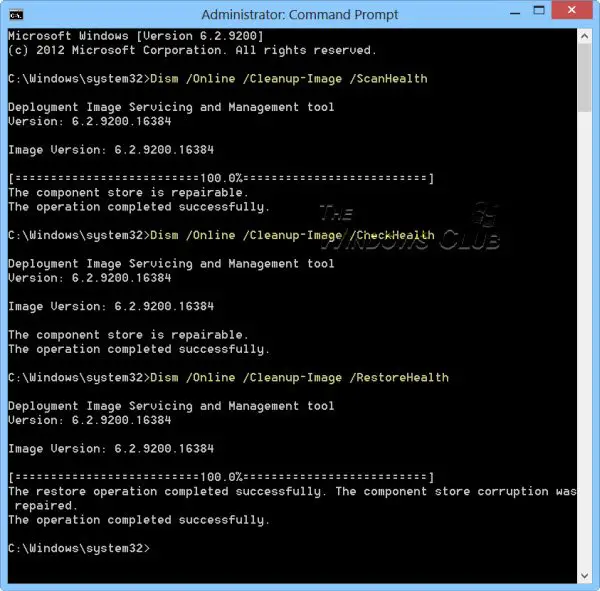
If the system files are corrupted, missing, or damaged, the Performance Monitor (perfmon.exe) will show high CPU usage in the Task Manager.
To repair Windows system files, use Command Prompt to run the System File Checker or Deployment Image Servicing and Management tools. These tools will find and repair any system files that are damaged or corrupted. If it’s unable to do that, it will recommend what you need to do.
5] Update your drivers
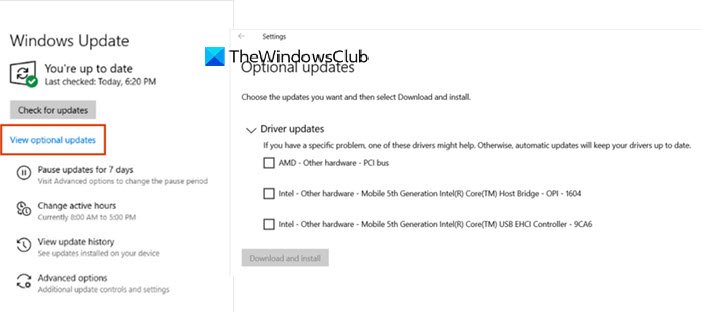
If your PC has outdated drivers, like graphic drivers, network drivers, etc., the Task Manager may show high CPU usage for Perfmon.exe. Windows usually updates important drivers automatically but you can check optional updates in the Windows Updates setting. You can also update drivers manually if the automatic way is turned off or has some issues.
6] Perform Automatic Maintenance
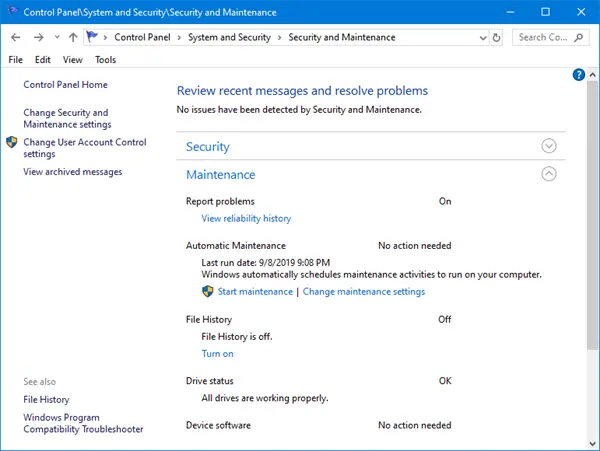
Perform Automatc Maintenance and see, It can fix many issues including Performance Monitor (perfmon.exe) high CPU usage. To run the Windows System Maintenance tool, follow the steps below;
- Open the Run box and type control following by OK. This will open the Command Prompt.
- Navigate through the option and locate Security and Maintenance. Click on it to open more options.
- On the new window, click Start maintenance and let the tool run automatically.
- Once the process is over, check your CPU usage and see if the perfmon.exe still uses high percentages than expected.
We hope something here helps you.
Read: Fix High CPU, Memory, Disk or Power usage in Windows
What is the PerfMon utility in Windows?
The Performance Monitor, also known as PerfMon or perfmon.exe, is a Windows in-built tool that allows users to view the performance of apps, processes, and systems that are running on their PC. It shows real-time data for each process running. You can check the percentage of CPU resource usage in the Task Manager.
Why is my CPU usage so high in Task Manager when nothing is running?
If your CPU usage is high in the Task Manager when nothing is running, your Task Manager might have issues, there is a malicious attack in your system or background processes are running on your computer. The best way to fix this issue is by checking your Task Manager and determining which program is causing this error. Then you can end the task for that process. You can also scan for viruses and disable your antivirus software temporarily.
Leave a Reply